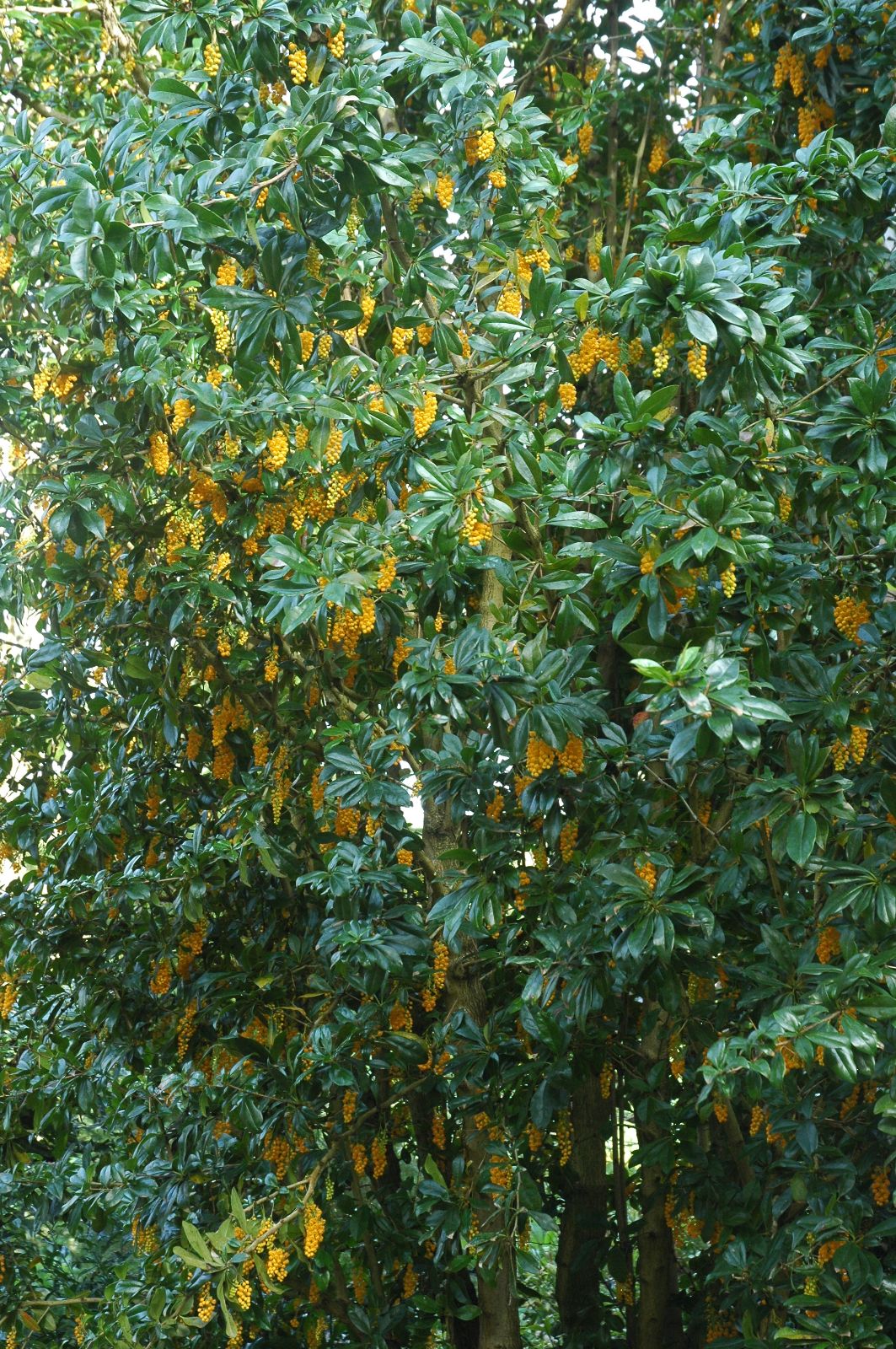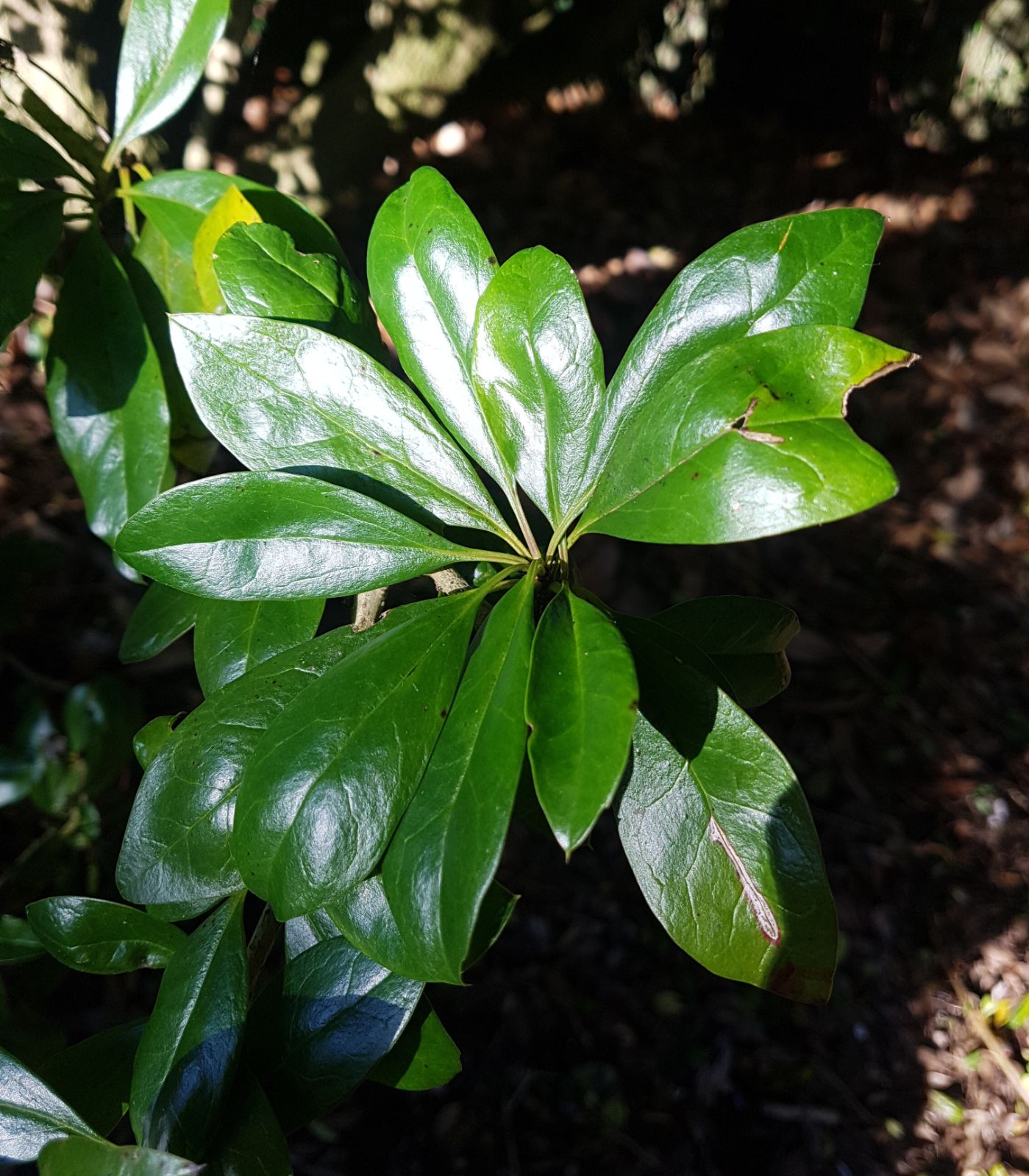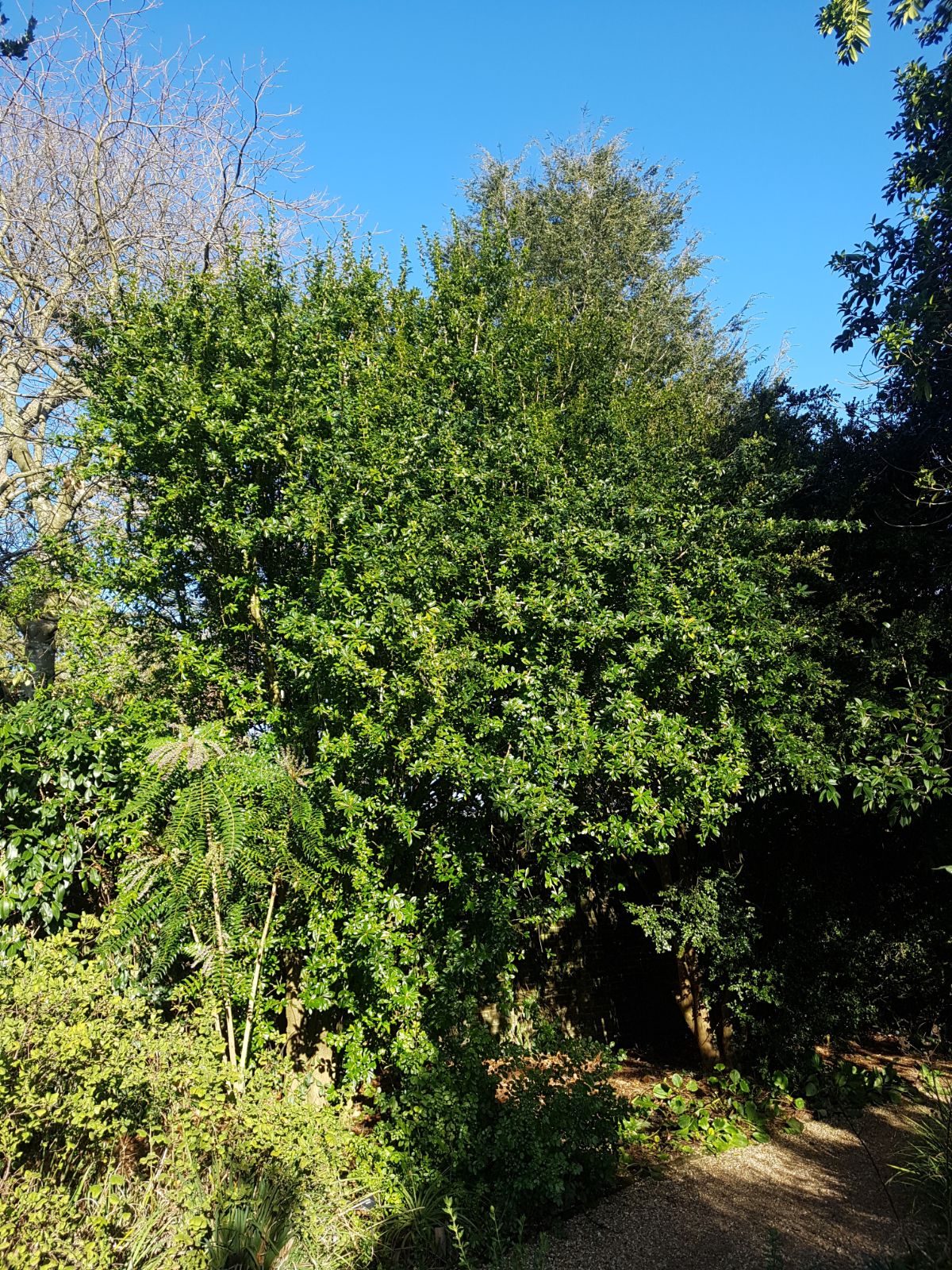Berberis valdiviana
Credits
Article from Bean's Trees and Shrubs Hardy in the British Isles
Recommended citation
'Berberis valdiviana' from the website Trees and Shrubs Online (treesandshrubsonline.
Genus
Other taxa in genus
- Berberis actinacantha
- Berberis aetnensis
- Berberis aggregata
- Berberis angulosa
- Berberis aristata
- Berberis asiatica
- Berberis atrocarpa
- Berberis beaniana
- Berberis bergmanniae
- Berberis buxifolia
- Berberis calliantha
- Berberis canadensis
- Berberis candidula
- Berberis × carminea
- Berberis chillanensis
- Berberis chrysosphaera
- Berberis comberi
- Berberis concinna
- Berberis coxii
- Berberis cretica
- Berberis darwinii
- Berberis dasystachya
- Berberis diaphana
- Berberis dictyoneura
- Berberis dictyophylla
- Berberis empetrifolia
- Berberis fendleri
- Berberis francisci-ferdinandii
- Berberis gagnepainii
- Berberis glaucocarpa
- Berberis gyalaica
- Berberis hakeoides
- Berberis heterophylla
- Berberis heteropoda
- Berberis hispanica
- Berberis hookeri
- Berberis hypokerina
- Berberis ilicifolia
- Berberis incrassata
- Berberis insignis
- Berberis jamesiana
- Berberis johannis
- Berberis julianae
- Berberis kawakamii
- Berberis koreana
- Berberis lecomtei
- Berberis lepidifolia
- Berberis linearifolia
- Berberis lycioides
- Berberis lycium
- Berberis manipurana
- Berberis mitifolia
- Berberis montana
- Berberis morrisonensis
- Berberis mucrifolia
- Berberis orthobotrys
- Berberis poiretii
- Berberis prattii
- Berberis pruinosa
- Berberis replicata
- Berberis × rubrostilla
- Berberis sanguinea
- Berberis sargentiana
- Berberis sibirica
- Berberis sieboldii
- Berberis silva-taroucana
- Berberis soulieana
- Berberis × stenophylla
- Berberis sublevis
- Berberis temolaica
- Berberis thunbergii
- Berberis tischleri
- Berberis triacanthophora
- Berberis tsarongensis
- Berberis umbellata
- Berberis veitchii
- Berberis vernae
- Berberis verruculosa
- Berberis virescens
- Berberis vulgaris
- Berberis wardii
- Berberis wilsoniae
- Berberis yunnanensis
- Berberis zabeliana
A sturdy evergreen shrub 8 to 12 ft high; shoots glabrous, formidably armed with stiff, three-pronged spines 1 to 11⁄2 in. long, but sometimes quite unarmed; spines grooved on the lower side. Leaves 3⁄4 to 3 in. long, 1⁄2 to 11⁄2 in. wide, oval to oval-oblong, the base cuneate to rounded, the apex abruptly narrowed to a mucro, varying from sparsely spiny-toothed to entire, glabrous, glossy; stalk 1⁄4 in. or less long. Flowers saffron yellow, 3⁄16 in. wide, borne twenty to thirty together densely on glabrous, pendulous racemes 1 to 11⁄2 in. long. Fruit roundish ovoid, 3⁄16 in. long, purple, bloomy; stigma very prominent. Bot. Mag., n.s., t. 139.
Native of Chile from Chilian to Valdivia province; described by Philippi in 1856. It was introduced to Kew in 1902, but the present stock is from seed collected by Clarence Elliott and the late Dr Gourlay near Temuco in 1929. Raised from their seed, it flowered in the Cambridge Botanic Garden in 1937 and was given an Award of Merit when shown by Lady Lawrence in 1939. Dr Gourlay had a plant 8 ft high in his garden at Cambridge; cut to the ground in the hard winter of 1946–7, it had by 1950 made a bush 6 ft high and as much wide. It was this plant that provided the material for the figure in the Botanical Magazine. It is very distinct in its usually unarmed, thick, leathery leaves and altogether a handsome evergreen that should be more widely grown.
From the Supplement (Vol. V)
This species is hardy at Kew. There is a good specimen near the Berberis Dell, by the walk leading from the Victoria Gate to the Lion Gate.






